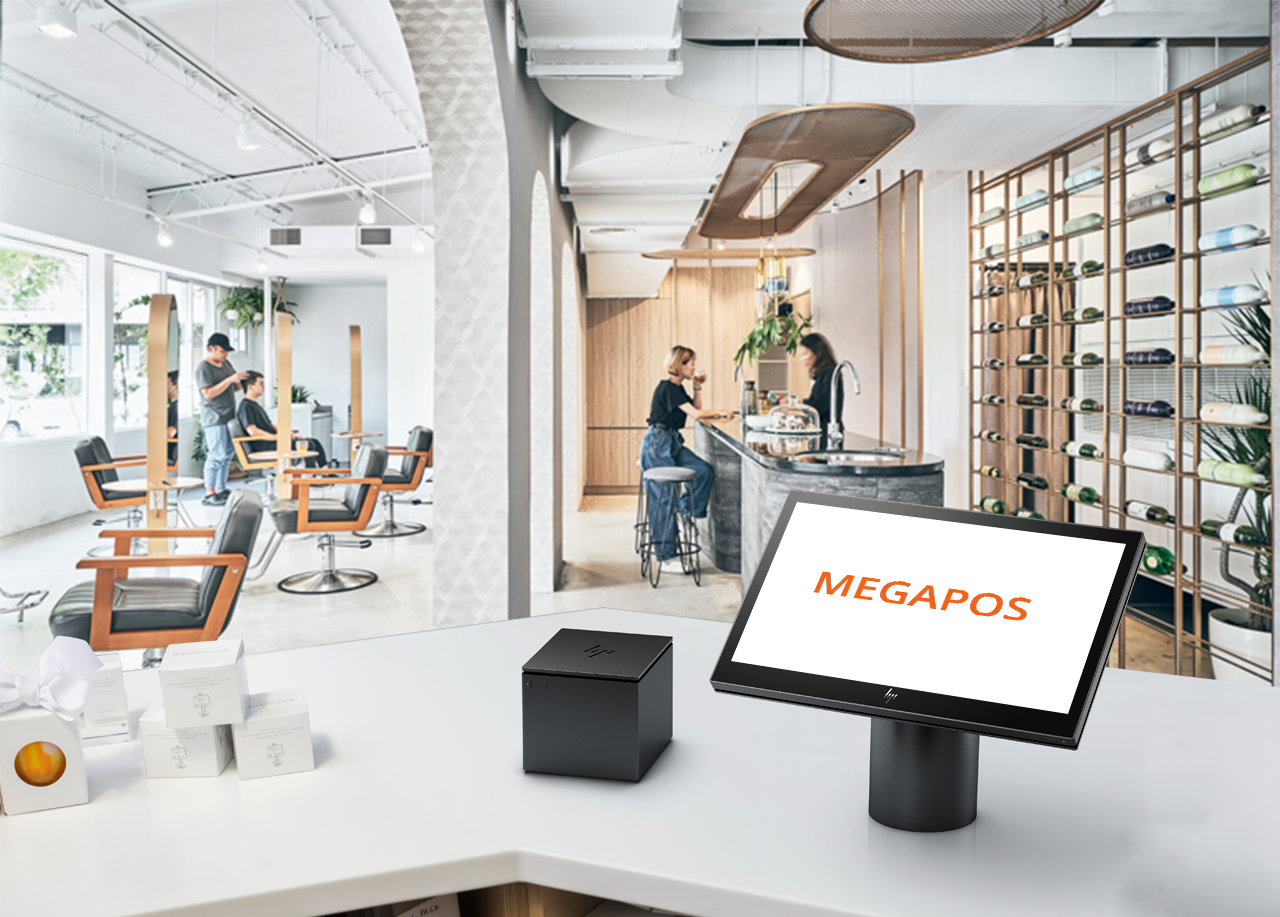Recent Global Outage Due to Windows Update: How to Protect Your Systems
In the ever-connected world of technology, system updates are essential for maintaining security, improving functionality, and fixing bugs. However, sometimes these updates can lead to unexpected disruptions. Recently, a global outage caused by a Windows update has drawn significant attention, affecting millions of users worldwide. In this article, we’ll explore what happened, the impact of the outage, and how you can protect your systems from similar issues in the future.
What Happened?
In early July 2024, a routine Windows update was released by Microsoft. This update, intended to enhance security and performance, inadvertently caused widespread system failures. The issue stemmed from a critical bug in the update that led to compatibility problems with certain system configurations. As a result, users experienced system crashes, application errors, and network connectivity issues, rendering many computers inoperable.
Impact of the Outage
1. Business Operations Disrupted
The outage had a profound impact on businesses worldwide. Many companies rely on Windows operating systems for their daily operations. The sudden system failures caused significant disruptions, from halted production lines to interrupted services, resulting in financial losses and decreased productivity.
2. Data Access Issues
Users reported being unable to access important files and applications due to the system crashes. This affected not only individual users but also organizations that depend on timely data access for decision-making and operational efficiency.
3. Increased IT Support Demand
The global outage led to a surge in demand for IT support services. IT departments and support centers were inundated with requests for assistance in diagnosing and resolving the issues caused by the update. This increased demand strained resources and delayed the resolution of other critical IT issues.
4. Cybersecurity Concerns
The disruption raised cybersecurity concerns, as some users resorted to reverting to previous system states or disabling updates altogether. These actions can leave systems vulnerable to security threats and exploits that the update was designed to mitigate.
How to Protect Your Systems
1. Backup Your Data Regularly
Regular data backups are crucial for safeguarding your information against unexpected system failures or data corruption. Here’s how you can effectively manage your backups:
- Automated Backups: Set up automated backups to ensure that your data is regularly copied without manual intervention. Many operating systems and third-party applications offer scheduled backup features.
- Multiple Backup Locations: Store backups in multiple locations, such as an external hard drive and a cloud-based service. This redundancy ensures that your data is safe even if one backup location is compromised.
- Incremental Backups: Use incremental backups to save only the changes made since the last backup. This method saves time and storage space while ensuring that you have a complete history of your data.
2. Test Updates in Controlled Environments
Testing updates in controlled environments, such as a staging server or a virtual machine, helps identify potential issues before they affect your entire network:
- Create a Sandbox Environment: Set up a separate testing environment that mirrors your production system. This sandbox allows you to apply updates and observe their effects without risking your primary system.
- Simulate Real-World Scenarios: Test updates under conditions that mimic actual usage. Include various hardware configurations, software applications, and user interactions to identify compatibility issues.
- Document Findings: Keep detailed records of any issues encountered during testing and the steps taken to resolve them. This documentation can guide future updates and troubleshooting efforts.
3. Stay Informed About Update Releases
Staying informed about update releases helps you anticipate and prepare for potential issues:
- Subscribe to Update Notifications: Sign up for update notifications from software vendors, such as Microsoft. These notifications often include information about the content of updates and any known issues.
- Join User Forums and Communities: Participate in user forums and online communities where other users share their experiences with updates. These platforms can provide early warnings about potential problems and solutions.
- Review Release Notes: Always read the release notes provided by the software vendor. Release notes typically include details about new features, bug fixes, and any issues that might affect your systems.
4. Implement a Comprehensive IT Strategy
A well-planned IT strategy can help you manage updates and minimize disruptions:
- Regular System Maintenance: Schedule regular maintenance windows to apply updates, perform system checks, and clean up unnecessary files. Regular maintenance keeps your system running smoothly and prevents small issues from becoming major problems.
- Monitoring Tools: Use monitoring tools to keep an eye on system performance and detect anomalies. Real-time monitoring can alert you to potential issues before they escalate.
- Incident Response Plan: Develop and document an incident response plan that outlines the steps to take in case of a system failure. This plan should include contact information for key personnel, a communication strategy, and detailed recovery procedures.
5. Utilize Professional IT Support Services
Partnering with professional IT support services can provide expertise and resources that you may not have in-house:
- Proactive Monitoring and Maintenance: IT support providers can offer proactive monitoring and maintenance services, ensuring that your systems are always up-to-date and running efficiently.
- Expert Troubleshooting: In the event of an issue, IT professionals have the knowledge and experience to diagnose and resolve problems quickly. This expertise can minimize downtime and get your systems back online faster.
- Security Best Practices: IT support providers stay current with the latest security threats and best practices. They can help implement robust security measures to protect your systems from vulnerabilities and attacks.
Conclusion
The recent global outage caused by a Windows update highlights the importance of proactive measures to protect your systems. Regular data backups, controlled testing environments, staying informed about updates, a comprehensive IT strategy, and professional IT support are all critical components of a robust approach to system maintenance. By taking these steps, you can minimize the risk of disruptions, maintain system integrity, and ensure a seamless and secure operating environment for your business.
If you are a user of MEGAPOS POS systems, all your data will be regularly backed up everyday to reduce risk of data loss in such outages.
Book a demo at our showroom
Cloud POS System for Every Industry
Food & Beverage Cloud POS System
F&B operations range from simple to complex. MEGAPOS Cloud POS systems has all the features that your F&B operations needs and will need as you grow.

Retail Cloud POS System
Optimised for businesses in the retail industry. Features for all your basic retail operation needs and more.

Salon/Wellness Cloud POS System
Online booking of appointments, appointment management, staff sales and commission and customer package redemptions have never been easier with MEGAPOS Salon cloud POS system


MEGAPOS 2-in-1: POS Kiosk
MEGAPOS POS Kiosk is designed to meet the needs of F&B businesses that are looking to digitalize their ordering process with a self order kiosk but face space constraints and require a cost effective solution. With MEGAPOS POS Kiosk, you get a cloud POS system and a self ordering kiosk, two in one!
